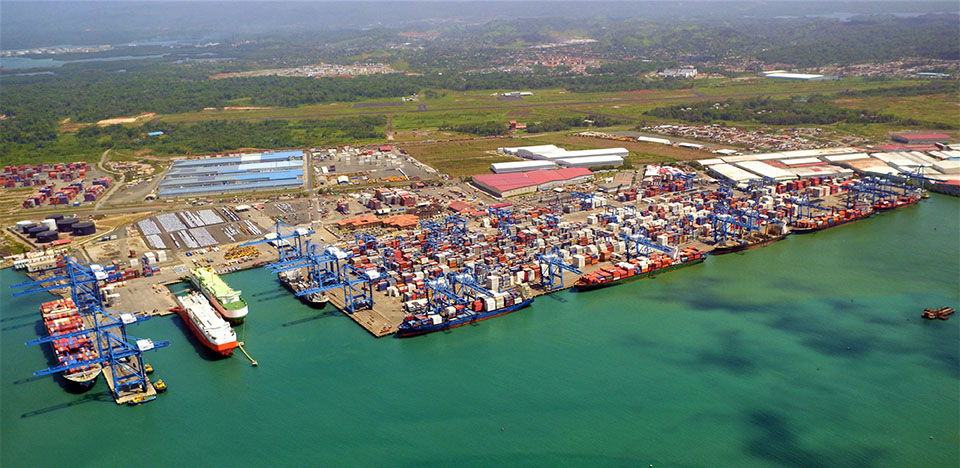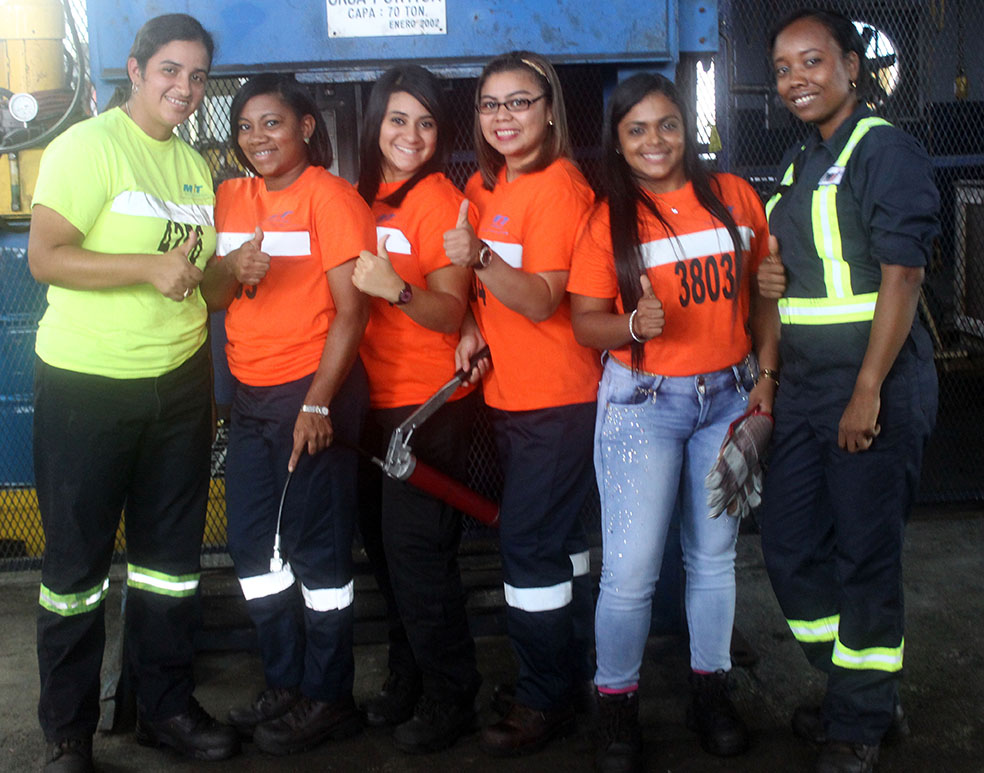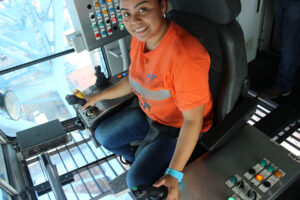MIT remained one of the best terminals in the region
2017, March 1: The calendar year just completed was a challenging one for national economies across the Caribbean and the Panamanian economy was no exception, even with the triumphant opening of the expanded Panama Canal.
The expansion project, which took several years to complete, ensured that the Panama Canal could handle some of the largest ships afloat. However, the shipping industry, a measure of the health of global trade, remained in the doldrums in 2016. Cargo volumes and activity in ports across the Caribbean region remained flat or declined and no less so for Manzanillo International Terminal (MIT) in Panama which handled 8% less cargo as compared with the corresponding period in 2015.

Despite the decline in cargo volumes, MIT’s successful record of achievement and innovation continued through 2016. And, in many respects, the terminal continued to set an example for other ports in the region.
Women
Late in 2015, MIT became the first Panamanian port to train women to operate port gantry cranes.

Six women were trained and on successful completion of the exercise were put on the job. Latest reports are that not only are these women effectively performing their tasks, their productivity levels are equal to their male colleagues. The women are averaging 34 container moves an hour.

“The latest developments within our industry show that we have to continue seeking ways to do things differently. And we all know that changing mindset is not an easy task. These ladies show what thinking outside the box can achieve,” Juan Carlos Croston, MIT’s Vice President of Marketing commented.
Community support
MIT remained committed to what it regards as its corporate social responsibility. It has maintained programmes that support the Colon community. About 90% of its labour force is from nearby Colon and the company ensures, through training, that its employees are safe on the job and always up to world standards.
“We have been able to deploy cutting-edge technology at MIT by making sure that it doesn’t make our people redundant. Training is an essential tool in finding new tasks for them,” the MIT executive said.
Manzanillo International Terminal (MIT) celebrated 20 years of operations in April 2015. Late in that year it brought into service two new berths and took possession of four new super post-panamax cranes. The first of two new Mediterranean style roll on-roll off (ro-ro) berths, Berth 7, was brought into service in September and the second, container Berth 8, was opened in October 2015. The company, on its 20th anniversary also improved already high levels of service in the delivery of imports, utilising state-of-the-art technology including automatic stacking cranes (ASCs) that use radio-frequency identification (RFID).
MIT, with a highly trained and motivated staff and technologically advanced operations, remains one of the most effective and efficient port operations in the Caribbean region. []





